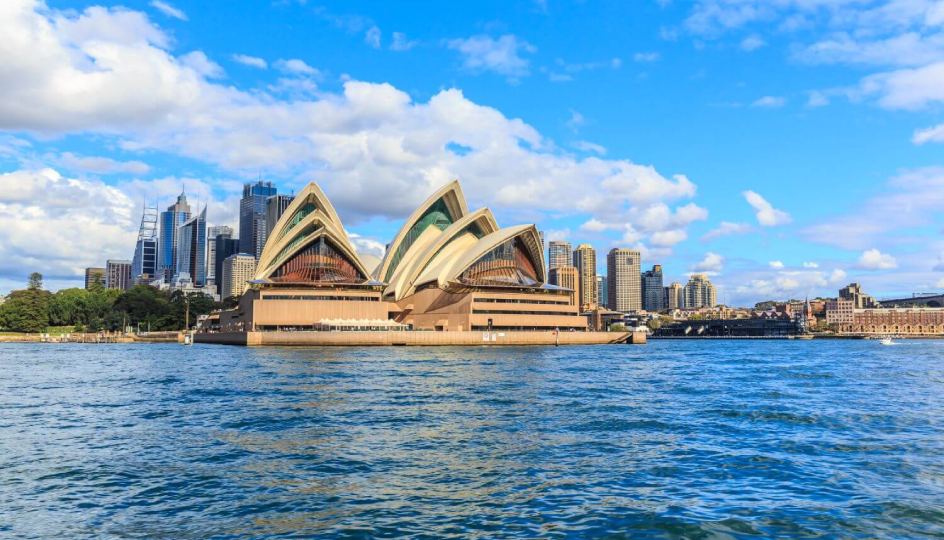The Australian asset landscape – now even more attractive for fund managers

Australia ticks most boxes for global investors. It has a stable political environment, a robust, market-driven economy and strong governance standards. It has a skilled labour force, with a reputation for technology and innovation and secure international partnerships. And the Australian Government has traditionally encouraged foreign investment in all sectors of the economy. But how are real world changes – most notably the drive to reduce carbon emissions and shift to renewable energy – combined with policy change, making Australia an even more attractive proposition?
Why fund managers look to Australia for investors
Australia, despite a comparatively small population of some 26 million, boasts a disproportionately large pool of institutional investor funds, thanks to its long-established compulsory superannuation regime. Superannuation assets total around AU$3.5tn. The vast bulk of savings are held by superannuation funds, insurance companies and banks. Many investment managers have had success in creating longstanding co-investment arrangements with these asset owners.
There is also a robust, sophisticated private client investor market. Privately managed funds include Self Managed Super Funds, which account for approximately A$900 billion of total super assets. Asset owners are generally keen to invest across diverse international asset classes, including growing allocations to sustainable investments. In all, an exciting investment environment for fund managers looking to find investors.
Australian property gains broader tax concessions
Changes to the tax regime are re-directing foreign investment in the Australian property sector. Long-term property investment in Australia is often through the Managed Investment Trust (MIT) structure. The MIT framework provides foreign investors from qualifying regions with lower withholding tax rates (half the 30% usually applying) on certain fund distributions. The withholding tax concession has added considerably to the appeal of property ventures in eligible sectors such as office, hotel, logistics and student accommodation. Starting from 1 July 2024, newly constructed residential build-to-rent (BTR) projects will also become eligible.
The tax change is expected to be a major game changer. The Property Council of Australia has estimated that the tax change will see BTR as a share of the total residential property sector grow from a miniscule 0.2%, to closer to the 5.4% seen in the UK and 12% in the US.
Given a residential market size of approximately AU$10tn, this implies significant new investment opportunities, particularly for those already familiar and comfortable with the BTR regimes in other countries and interested in long term property returns.
On top of the MIT withholding tax changes, BTR projects can also be eligible for numerous other tax concessions provided by different Australian States and Territories. For instance, New South Wales, Victoria, Queensland and South Australia offer land tax benefits, such as halving of the taxable land value for qualifying BTR projects. Detailed eligibility criteria often apply, so these need to be well understood.
Renewables sector investment opportunities are growing fast
As well as Australia’s natural advantages of abundant supply of sun, wind, land, and critical minerals, there is new commitment to government funding and other policy changes. As part of its energy transition plans, the Australian Government committed in 2022 to almost AU$25bn of clean energy spending, aimed at accelerating private investment in renewables generation and storage, energy performance, electrification, clean hydrogen, and future fuel technologies.
Also important are the development of a sustainable finance taxonomy; measures against greenwashing; and introduction of mandatory climate-related financial disclosure requirements for large businesses and financial institutions (in line with the International Sustainability Standards Board (ISSB) Standards that were launched in June 2023).
At the same time, the government is supporting green economic development through enhanced international partnerships. A good example is the Green Economy Agreement (GEA) Australia signed with Singapore in October 2022. The GEA lays the foundations for greater collaboration between the two countries to drive growth while at the same time reducing emissions. The focus is on reducing non-tariff barriers to investment in green growth sectors. GEA measures are expected to make it easier for fund managers investing in Australia to use Singapore as a base.
Against this backdrop of policy change and Government financial support, the demand for Australian assets that support net zero transformation is expected to grow.
The role of private equity
Private equity (PE) is another area of keen interest for global fund managers. Previously small and dominated by local managers, the Australian PE market has changed markedly over the last decade as has become more and more global.
Many offshore PE managers adopt a “fly in, fly out” approach to investing and fund raising in Australia, opting to use regional offices in financial hubs such as Singapore Australian investors in PE are also predominantly the large institutional investors such as superannuation funds, insurance companies and banks, with investment generally structured through 10-year limited partnerships. But the market is growing for more liquid structures – vehicles that offer regular subscriptions and redemptions or which have a trust structure to facilitate entry and exits – making it easier for high-net-worth individuals and family offices to gain access.
As the PE market has matured, more specialist funds are emerging. A key area of growth is in sustainable investments and investments with positive impact. PE can be well suited to such investments, given a more direct relationship with investee businesses and access to information to support the level of reporting that these investments require.
With policy shifts well underway, the Australian asset landscape is one primed for investment over the next decade. If you are interested in knowing more, or would like help mapping out, and managing, the administrative practicalities involved with accessing the Australian market, talk to our experts today.




